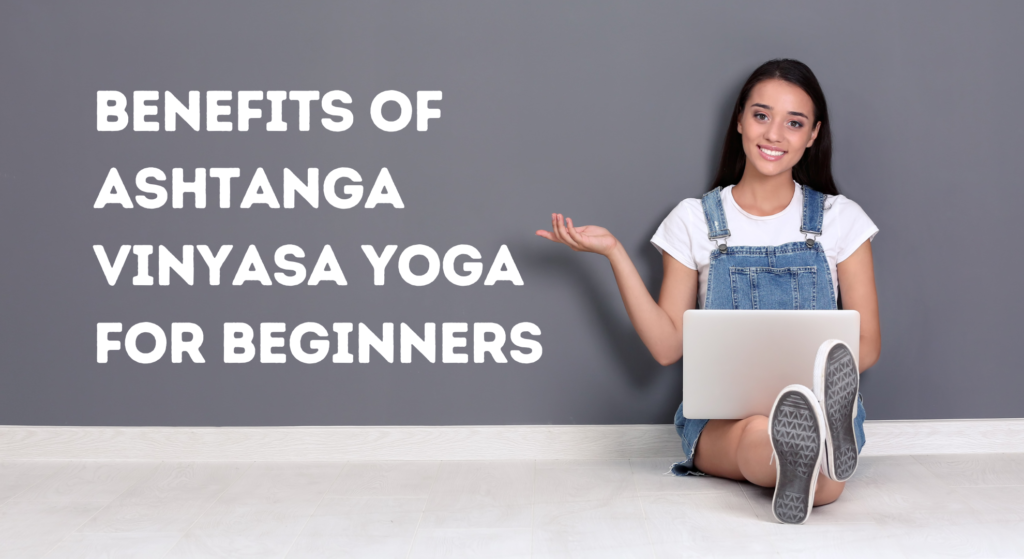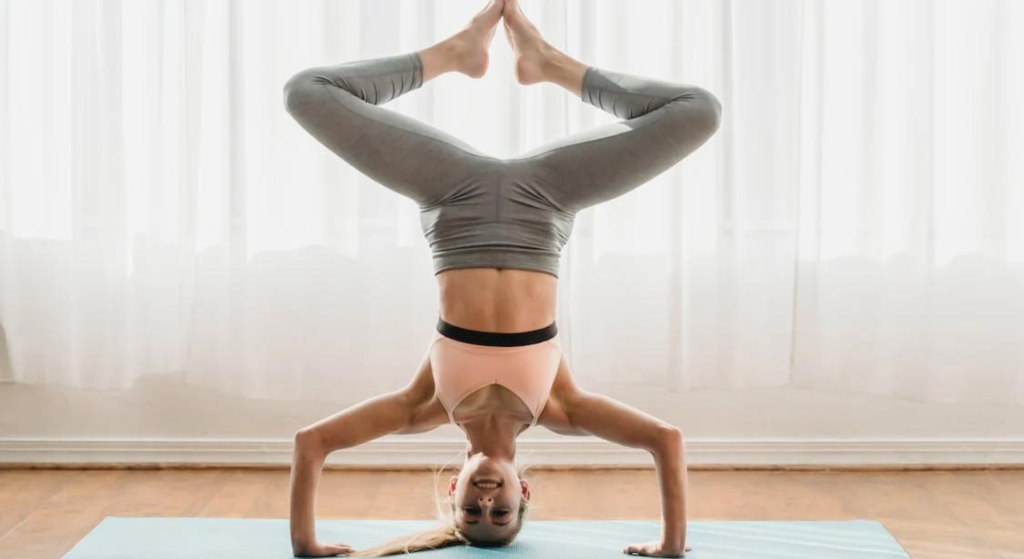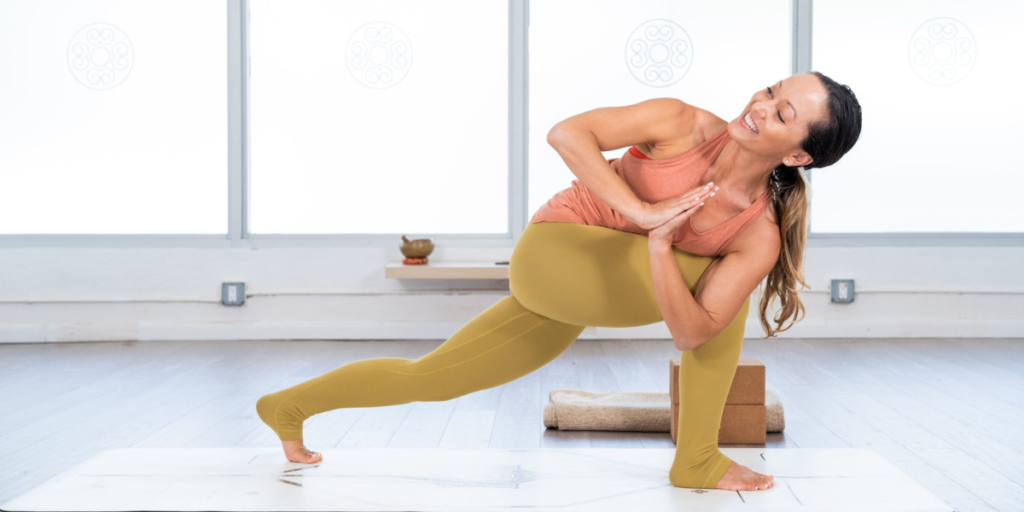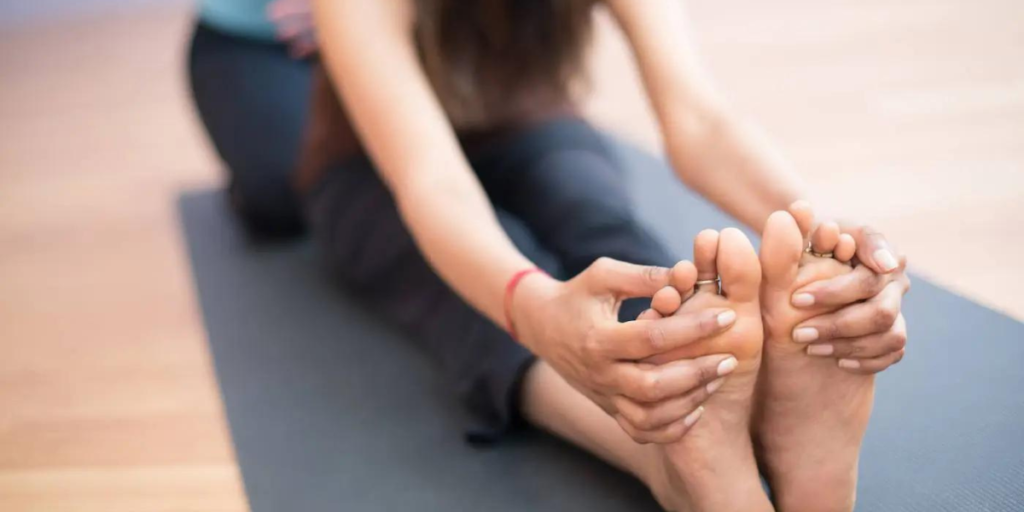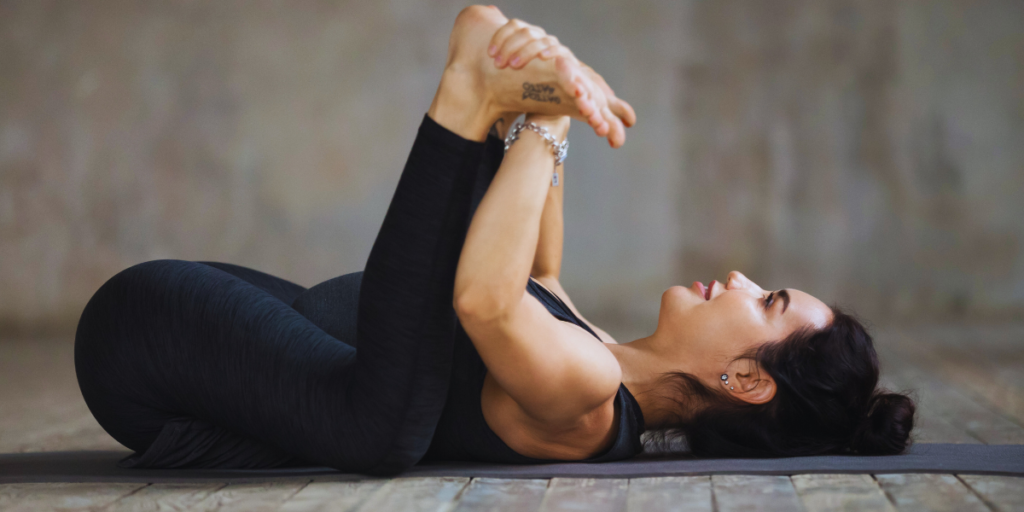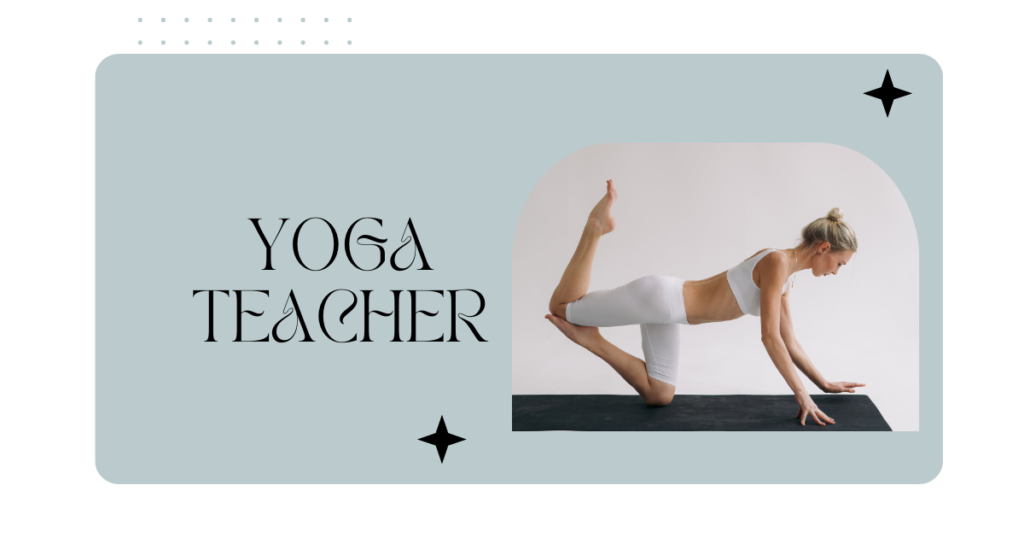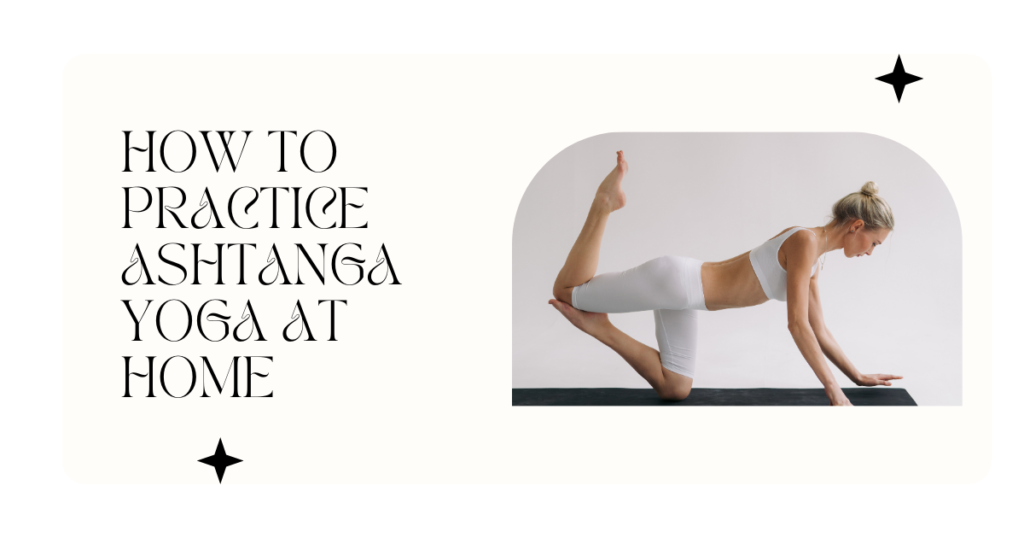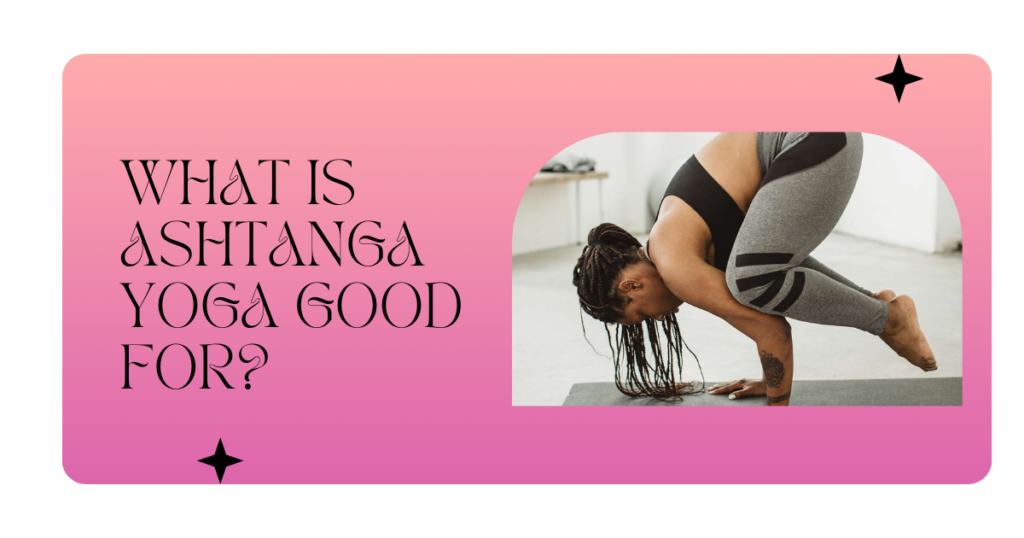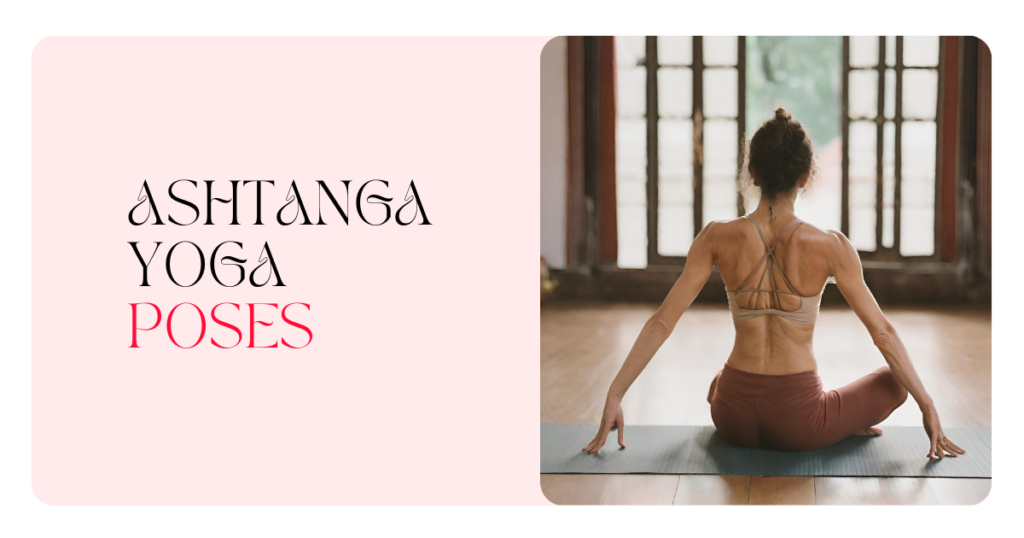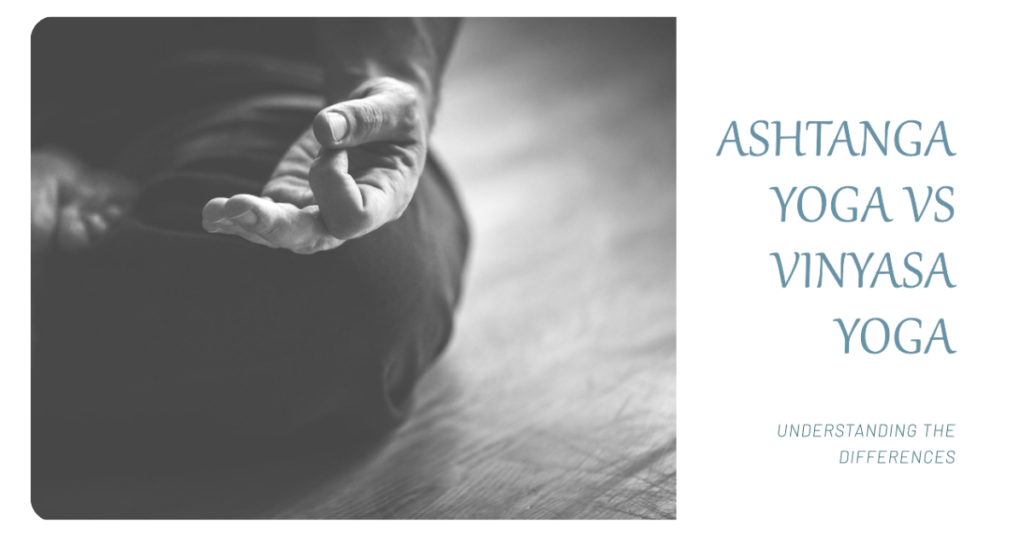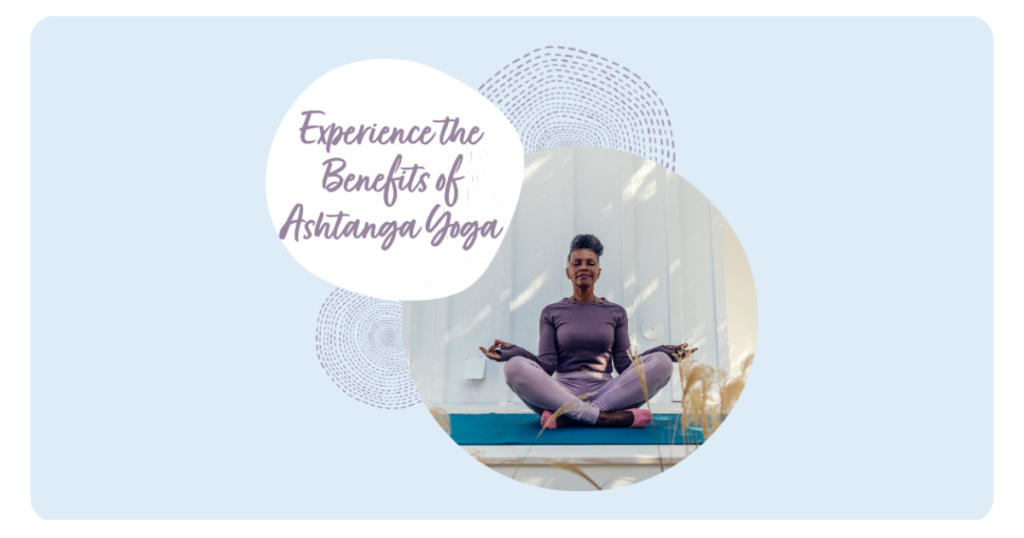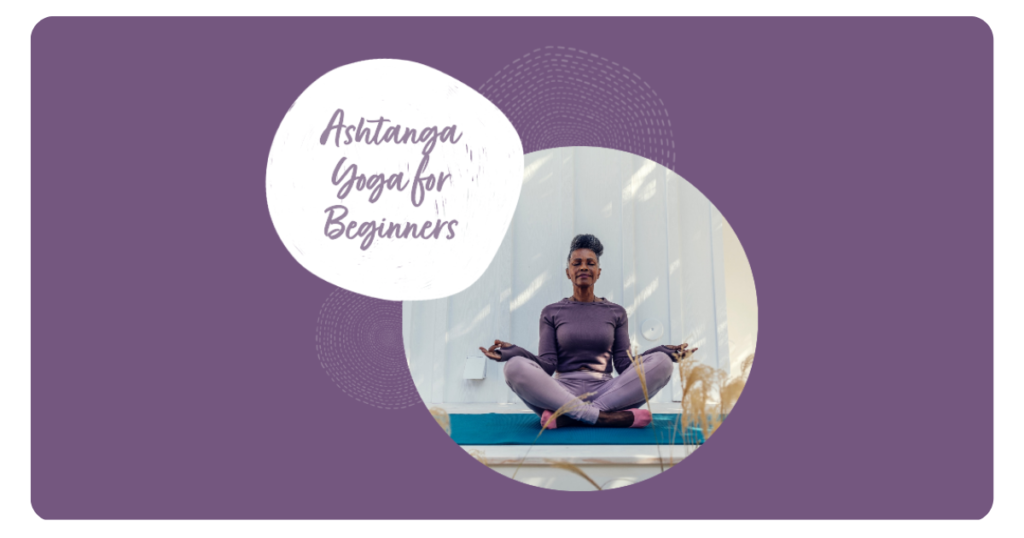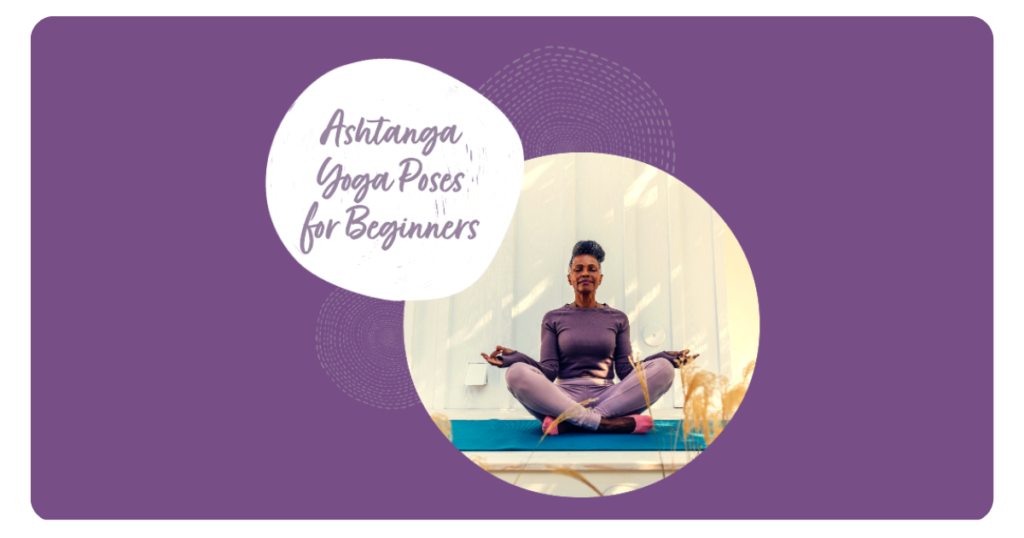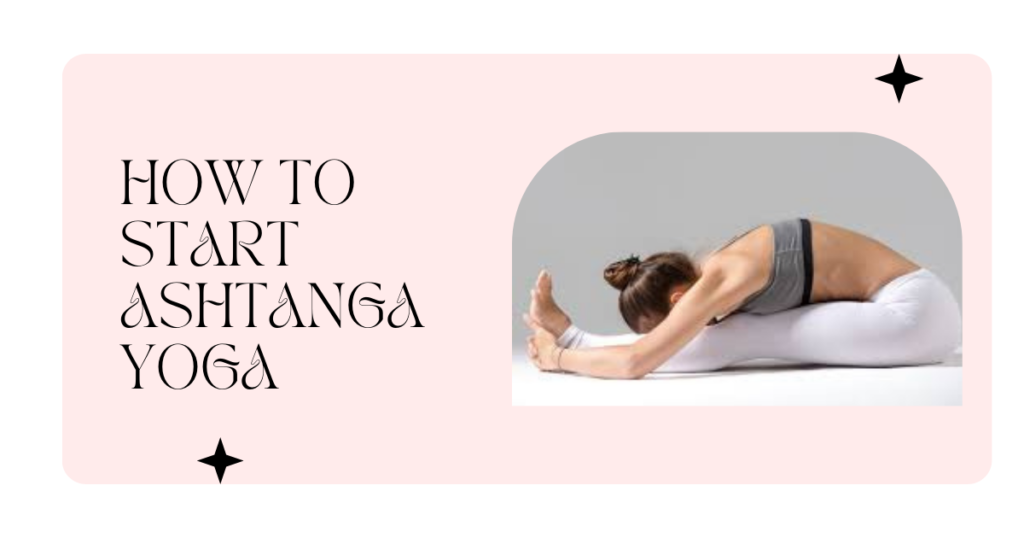
Introduction:
Ashtanga yoga is a powerful and transformative practice that has the ability to strengthen your body, calm your mind, and elevate your spirit. This ancient form of yoga, often referred to as the “yoga of the ancient sages,” follows a specific sequence of postures linked together through a series of synchronized movements and deep breathing exercises called vinyasas.”How to Start Ashtanga Yoga“
While the physical and mental benefits of Ashtanga yoga are remarkable, the prospect of starting this practice can be intimidating, especially for beginners. The fixed sequence of postures, the emphasis on precise alignment, and the requirement for consistent practice can seem daunting at first. However, with the right preparation, guidance, and mindset, anyone can embark on this life-changing journey.
In this comprehensive guide, we will explore the foundations of Ashtanga yoga, provide practical tips for beginners, and offer insights to help you overcome common challenges. Whether you’re seeking physical fitness, mental clarity, or a deeper connection with your inner self, this guide will equip you with the knowledge and tools you need to start your Ashtanga yoga practice with confidence.
Understanding the Foundations of Ashtanga Yoga
Before delving into the practical aspects of starting Ashtanga yoga, it’s essential to understand the roots and principles that form the foundation of this ancient practice. Ashtanga yoga, which means “eight-limbed yoga,” is based on the Yoga Sutras of Patanjali, a sacred text that outlines the eight limbs of yoga philosophy.
These eight limbs are:
While most modern yoga practices focus primarily on the third limb, asana (physical postures), Ashtanga yoga emphasizes the integration of all eight limbs, promoting a holistic approach to physical, mental, and spiritual well-being.
Ashtanga yoga was popularized in the 20th century by Sri K. Pattabhi Jois, who learned the practice from his guru, Krishnamacharya. Jois’s teaching method, known as the Ashtanga Vinyasa system, follows a specific sequence of postures (asanas) linked together through a series of synchronized movements and deep breathing exercises called vinyasas.
“Ashtanga yoga is 99% practice, 1% theory.” – Sri K. Pattabhi Jois
This disciplined and consistent approach sets Ashtanga yoga apart from other styles of yoga, which may vary in their sequences or offer a more freestyle approach. While this structured nature can be challenging for beginners, it is also what makes Ashtanga yoga so effective in cultivating physical strength, mental focus, and spiritual growth. “The 5 Best SPRI Exercise Mats for Home & Gym Workouts“
Key Differences Between Ashtanga and Other Yoga Styles:
For a more in-depth understanding of the differences between Ashtanga and Vinyasa yoga, you can refer to this article from a reputable source.
With its roots in ancient wisdom and its emphasis on discipline and consistency, Ashtanga yoga offers a unique and profound journey for those seeking to cultivate physical, mental, and spiritual well-being.
Preparing to Begin Your Ashtanga Practice
Before you step onto your yoga mat and embark on your Ashtanga journey, it’s essential to prepare both your physical and mental space. Here are some key considerations to keep in mind:
What You Need:
Finding the Right Time and Space:
Ashtanga yoga is traditionally practiced early in the morning, as the mind is believed to be more focused and the body more receptive to the practice. However, the most important factor is consistency. Choose a time that works best for your schedule and stick to it.
As for the space, Ashtanga yoga requires a quiet, distraction-free environment. If practicing at home, designate a dedicated area for your yoga practice, away from noise and disruptions. If you prefer practicing in a studio, look for one that specializes in Ashtanga yoga and has experienced instructors.
Finding a Qualified Ashtanga Instructor or Studio:
While it’s possible to learn Ashtanga yoga from books or online resources, it’s highly recommended to seek guidance from a qualified instructor, especially when starting. A knowledgeable teacher can ensure you learn the correct techniques, prevent injuries, and provide valuable feedback on your practice.
When searching for an Ashtanga yoga instructor or studio, look for the following qualifications:
Joining an Ashtanga yoga community can also be beneficial, as it provides a supportive environment and opportunities to learn from experienced practitioners.
By taking the time to prepare your space, gather the necessary equipment, and find a qualified instructor, you’ll be setting yourself up for a successful and rewarding Ashtanga yoga practice.
The Primary Series: Yoga Chikitsa
At the heart of Ashtanga yoga lies the Primary Series, also known as Yoga Chikitsa or Yoga Therapy. This foundational sequence consists of a specific set of postures (asanas) linked together through a series of synchronized movements and deep breathing exercises called vinyasas.
The Primary Series is designed to be practiced in its entirety, following a fixed order of postures. This structured approach allows practitioners to build strength, flexibility, and stamina gradually, while also cultivating mental focus and discipline.
Here’s an overview of the Primary Series and some of its key components:
The Fundamental Ashtanga Yoga Postures:
The Primary Series consists of approximately 75 postures, ranging from standing poses, forward bends, backbends, twists, inversions, and seated poses. Some of the fundamental postures include:
While the sequence remains fixed, the depth and duration of each posture can be adjusted based on the practitioner’s level of experience and flexibility.
Vinyasa: Synchronizing Movement and Breath:
One of the defining features of Ashtanga yoga is the vinyasa style, where each movement is synchronized with the breath. This creates a continuous flow of movement and helps cultivate mindfulness and internal awareness.
The primary breathing technique used in Ashtanga yoga is called Ujjayi Breath, which involves a deep, audible inhalation and exhalation through the nose. This controlled breathing not only oxygenates the body but also helps to calm the mind and maintain focus during the practice.
The Importance of Drishti (Focused Gaze):
In Ashtanga yoga, the concept of drishti, or focused gaze, is essential. By fixing your gaze on a specific point during each posture, you cultivate concentration and internal awareness, helping to steady the mind and maintain proper alignment.
There are nine primary dishes, each corresponding to a specific point of focus, such as the tip of the nose, the navel, or a point on the floor or wall in front of you.
Ashtanga Yoga Sequence:
The Primary Series follows a specific sequence, typically divided into five segments:
By consistently practicing the Primary Series, practitioners gradually build strength, flexibility, and stamina, while also cultivating mindfulness, discipline, and internal awareness.
Tips for Starting Ashtanga as a Beginner
While the structured nature of Ashtanga yoga can be intimidating for beginners, there are several strategies you can employ to ensure a smooth and enjoyable start to your practice:
By following these tips and approaching your practice with patience, humility, and a willingness to learn, you’ll be well on your way to establishing a sustainable and rewarding Ashtanga yoga practice. “How to Practice Ashtanga Yoga at Home“
Overcoming Common Challenges for Beginners
While the benefits of Ashtanga yoga are numerous, starting this practice can present several challenges, especially for beginners. Here are some common obstacles you may encounter and strategies to overcome them:
Ashtanga yoga is a physically demanding practice that requires a significant amount of strength and endurance. As a beginner, you may find yourself struggling with postures that require upper body strength, such as arm balances and inversions, or struggling to maintain the continuous flow of the vinyasa sequence.
To build the necessary strength and stamina, incorporate complementary exercises like pushups, planks, and core work into your routine. Additionally, be patient and consistent with your practice; your strength and endurance will gradually improve over time.
Ashtanga yoga involves a series of demanding postures, and improper alignment or pushing beyond your limits can lead to injury. As a beginner, it’s essential to listen to your body and respect its limitations.
Work with a qualified instructor who can provide guidance on proper alignment and modifications. Avoid forcing postures or pushing through pain; instead, focus on maintaining proper form and gradually increasing your flexibility and strength.
Ashtanga yoga is not only physically challenging but also requires mental discipline and focus. You may encounter mental blocks or self-doubt, especially when confronted with challenging postures or the repetitive nature of the practice.
To overcome these mental hurdles, cultivate a growth mindset and reframe your perspective. Embrace the challenges as opportunities for growth, and recognize that progress takes time and dedication. Additionally, practice mindfulness techniques, such as focused breathing or mantra repetition, to help quiet the mind and stay present.
The concept of drishti, or focused gaze, is an essential aspect of Ashtanga yoga, but it can be challenging to maintain during difficult or complex postures.
To cultivate your drishti, start by practicing with simpler postures and gradually build your concentration. Use visual cues or objects as focal points, and remind yourself to return your gaze to the drishti whenever your mind wanders.
Remember, overcoming these challenges is part of the journey, and with patience, perseverance, and a positive mindset, you can navigate them successfully and reap the numerous benefits of Ashtanga yoga.
Maintaining an Ashtanga Yoga Lifestyle
While the physical practice of Ashtanga yoga is certainly the cornerstone of this discipline, it is essential to recognize that Ashtanga yoga is not just a series of postures; it is a holistic lifestyle that encompasses the other seven limbs of yoga as outlined in the Yoga Sutras of Patanjali.
To truly embrace the Ashtanga yoga lifestyle, consider incorporating the following elements into your daily routine:
The first two limbs of yoga, Yama and Niyama, provide a moral and ethical framework for living a purposeful and fulfilling life. Yamas include principles such as non-violence, truthfulness, and non-stealing, while Niyamas focus on self-discipline like purity, contentment, and self-study.
Integrating these principles into your daily life can help cultivate a sense of inner peace, compassion, and self-awareness, complementing your physical practice.
Ashtanga yoga is a physically demanding practice, and maintaining a balanced and nutritious diet can help support your energy levels, recovery, and overall well-being.
Consider incorporating more whole, plant-based foods into your diet, such as fruits, vegetables, whole grains, and lean proteins. Additionally, stay hydrated by drinking plenty of water, and limit your intake of processed, fried, or sugary foods, which can hinder your progress.
While the physical postures (asanas) are often the primary focus for beginners, Ashtanga yoga encourages the integration of the other limbs, such as pranayama (breath control), pratyahara (sense withdrawal), dharana (concentration), and dhyana (meditation).
Incorporating these practices into your routine can help deepen your connection to the philosophical and spiritual aspects of Ashtanga yoga, fostering a more holistic and transformative experience.
As you progress in your Ashtanga practice, you may consider advancing to the Intermediate Series, also known as Nadi Shodhana. This sequence builds upon the foundations established in the Primary Series and introduces more advanced postures and techniques.
However, it is crucial to have a solid understanding and consistent practice of the Primary Series before attempting the Intermediate Series. Consult with your teacher or seek guidance from experienced practitioners to ensure a safe and gradual progression.
By embracing the Ashtanga yoga lifestyle and integrating its principles into your daily routine, you’ll not only deepen your physical practice but also cultivate a sense of inner peace, self-awareness, and overall well-being.
Conclusion:
Starting an Ashtanga yoga practice is a transformative journey that requires dedication, patience, and a willingness to embrace challenges as opportunities for growth. By understanding the foundations of Ashtanga yoga, preparing your physical and mental space, and following the tips and strategies outlined in this guide, you’ll be well-equipped to navigate the initial stages of your practice with confidence and ease.
Remember, Ashtanga yoga is not just a physical exercise; it is a holistic lifestyle that cultivates strength, flexibility, focus, and inner peace. Embrace the journey, celebrate your progress, and trust the process. With consistent practice and a positive mindset, you’ll soon experience the profound benefits of this ancient and transformative discipline.
So, roll out your mat, take a deep breath, and embark on your Ashtanga yoga journey – a journey that will not only transform your physical being but also elevate your mental and spiritual well-being.
